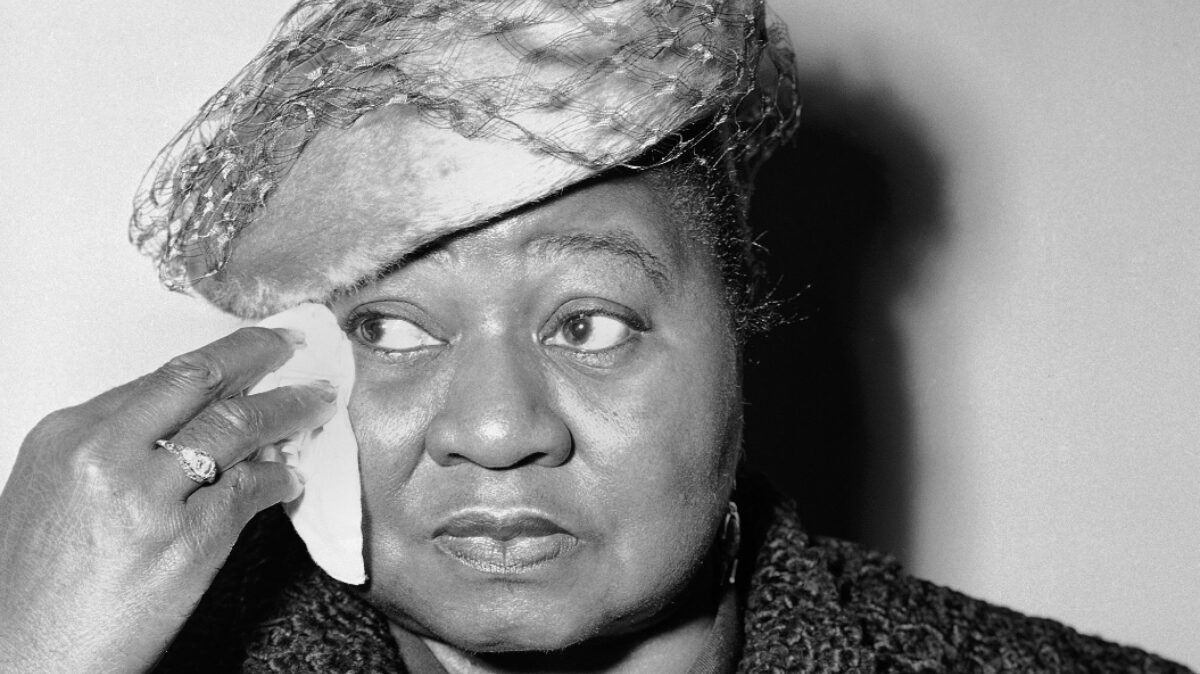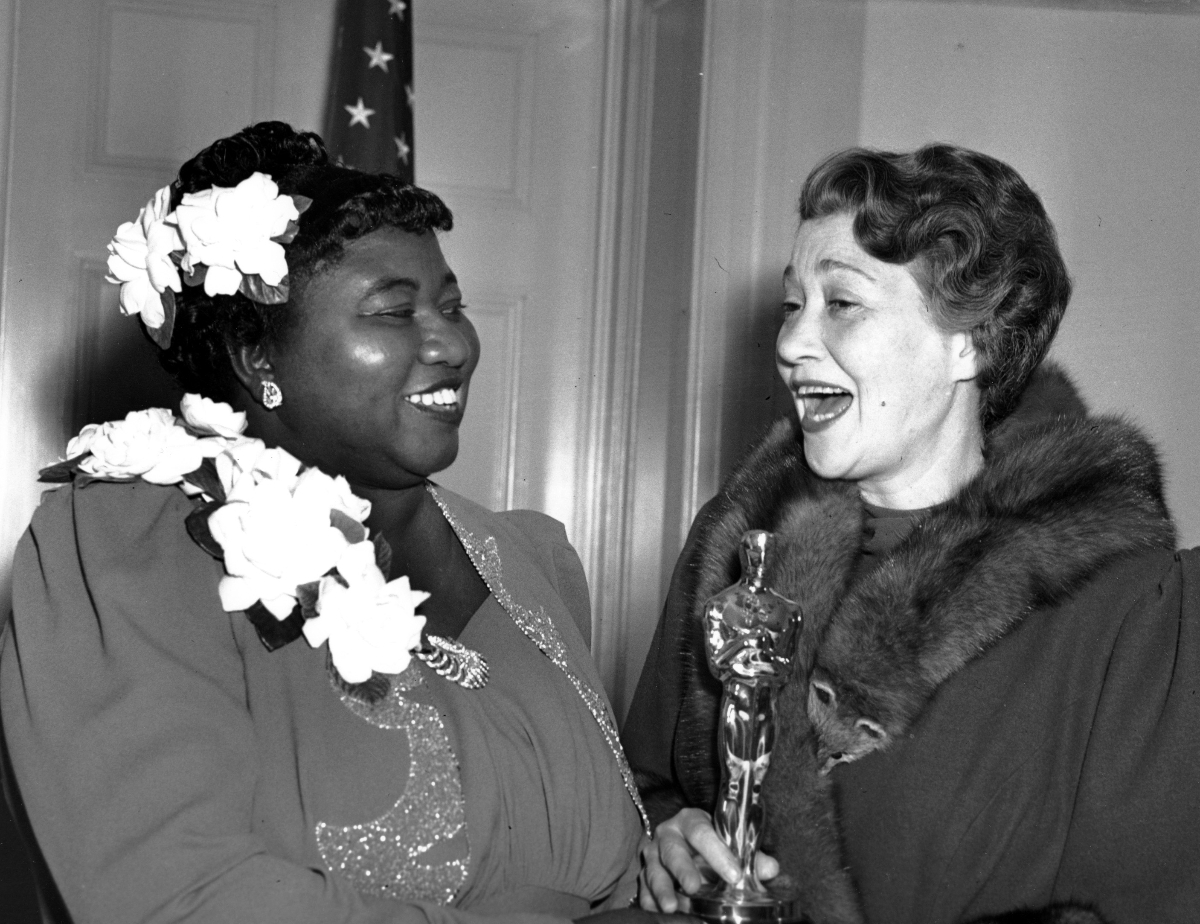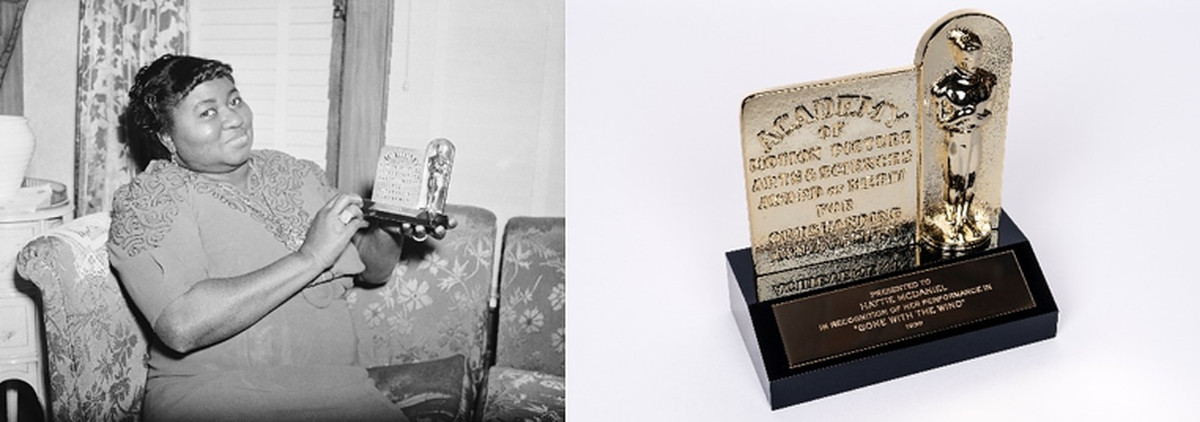Hattie McDaniel’s historic missing Oscar is finally being replaced

This week, the Academy of Motion Picture Arts and Sciences announced that it will finally replace Hattie McDaniel’s long-missing Oscar.
McDaniel made history when she became the first Black actor to ever be nominated for or win an Academy Award, at the 12th ceremony, in 1940. The Oscar was given to McDaniel for her role in the sweeping 1939 epic “Gone With the Wind.”
After her death from breast cancer in 1952, McDaniel bequeathed her history-making plaque to Howard University in Washington, D.C. (Plaques were given to Oscar winners in the supporting actor and actress category until 1944 when they started to receive statuettes.)
For years, the plaque was displayed in the university’s drama department, where drama students — including Phylicia Rashad, best known for her role as Clair Huxtable in “The Cosby Show,” who now serves as the Dean of the Chadwick A. Boseman College of Fine Arts at Howard University — were inspired by its presence.
MORE: The most Oscar-nominated movies of all time
Where Did Hattie McDaniel’s Oscar Go?
The historic Oscar plaque went missing sometime in the 1970s. Many theories abound about its loss, though none have been proven. One popular legend is that the Oscar was stolen by a student or a group of students during the unrest of the 1960s. Then, they either lost the plaque or, according to one rumor, tossed it into the Potomac River to decry the film’s sympathetic portrayal of slavery.
Other theories are more benign. The plaque could have simply been misplaced by staff during an office move. (One former Howard University student has said that they last saw the plaque sitting on top of a file cabinet in a Howard University office.)
“After all this time, it hasn’t showed up on eBay,” Kevin John Goff, Hattie’s great-grandnephew, told The Coloradoan in March. “It could be laying at the bottom of the Potomac River. It could be in a box somewhere in a warehouse and nobody knows what it is.”
MORE: Academy Awards: The most unforgettable moments in Oscars history
The Importance of Hattie Coming Home
The “Hattie’s Come Home” ceremony will take place on Oct. 1 at the Ira Aldridge Theater in Washington, D.C.
The special event will include opening words from Rashad, songs from current students and a moderated conversation about McDaniel’s career with Goff and others.
“When I was a student in the College of Fine Arts at Howard University, in what was then called the Department of Drama, I would often sit and gaze in wonder at the Academy Award that had been presented to Ms. Hattie McDaniel, which she had gifted to the College of Fine Arts,” Rashad said in a press release about the ceremony. “I am overjoyed that this Academy Award is returning to what is now the Chadwick A. Boseman College of Fine Arts at Howard University. This immense piece of history will be back in the College of Fine Arts for our students to draw inspiration from. Ms. Hattie is coming home!”
Here’s footage of the moment McDaniel won the award in 1940 from the Oscars’ official YouTube site.
The ceremony at Howard will also include an excerpt from LaDarrion Williams’s play “Boulevard of Bold Dreams.” In the play, McDaniel is forced to confront whether she wants to attend the segregated Academy Awards.
“Boulevard of Bold Dreams” is rooted in actual events. McDaniel was not allowed to attend the 1939 premiere of “Gone With the Wind” in Atlanta, and producer David O. Selznick had to get special permission for McDaniel to be able to attend the Academy Award ceremony at the whites-only Ambassador Hotel. Even once permission was granted, McDaniel was not allowed to sit with the rest of the “Gone With Wind” cast as she wished. Instead, she had to sit in the back of the room with her agent and her escort.
The “Hattie’s Come Home” event will hopefully restore some justice to McDaniel’s history-making Oscar win. And, this time, instead of a plaque, she will be honored with a gold statuette, to be displayed at the Boseman College of Fine Arts.







